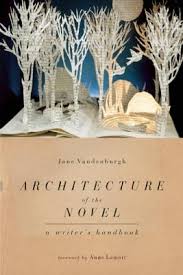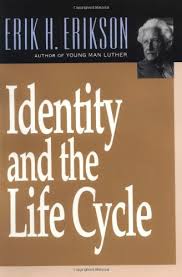
Guess what I’ll be teaching this fall. Yep. You guessed it. Novel writing. This isn’t my first experience with novel writing. I’ve got six of my own novels in various stages on my computer files, in fact. And I’ve taught Novel Writing many times before. But each time I do — even though I’m always focusing on the specific elements of craft such as filtering voice through character and plot and story arc — I learn more about myself as a writer. And I discover new ideas, methods, and insights into the way I teach.
Through teaching, I’ve discovered I’m a writer who focuses on structure. I’m always looking for the story arc, the rise and f all of tension, and the truth of a character’s character when working to solve his or her own problems. The character, I realize, has to be structured to respond logically — given his or her personality, quirks, upbringing and significant problem. I recommend students read Erik Erikson, a psychologist who had strong insight into personality and characteristics as well as the contrasting ideals of these characteristics.
all of tension, and the truth of a character’s character when working to solve his or her own problems. The character, I realize, has to be structured to respond logically — given his or her personality, quirks, upbringing and significant problem. I recommend students read Erik Erikson, a psychologist who had strong insight into personality and characteristics as well as the contrasting ideals of these characteristics.
In revision, I can see what students need to do in order to deepen character and to build true tension, but for myself? I sometimes become a bit discouraged that, once again, I’ve protected my characters from pain and often stopped short in those earned scenes in which the character might need to get hurt or to hurt someone they love. But it’s fixable, I tell my students and myself. “Grit your teeth and get back in there and let your characters knock each other down.”
I’m keenly aware of the difficulty and joy of writing a longer work; I admire the beauty of layered characters, the intensity of a well-delineated conflict, the beauty of a scene filtered through a primary character. I’m not the only teacher/writer who falls in love with a novel because it manages this. So this semester, I plan to bring Jane Vandenburgh’s Architecture of the Novel into my classroom with the hope that students really digest this thoughtful guide and keep it as an excellent resource. I’ve found myself relying heavily on it this summer as I revise a novel that started out being a sappy mess and is only, after three years, taking shape.
I’m also bringing in essays from Tin House so that my students have the opportunity to hear other writers talk about the pleasure and pain and details of crafting their work.
I wonder — what handbooks and essays help you define your writing style? Let me know!

